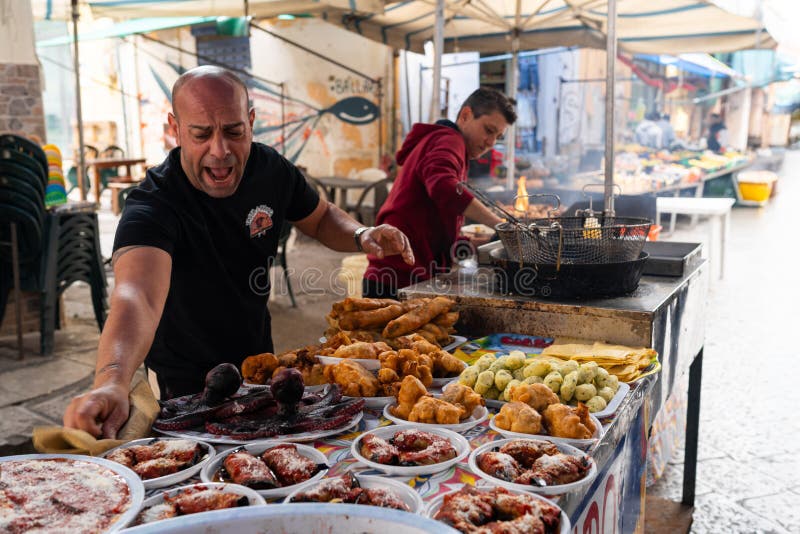The sizzle of a street cart, the intoxicating aroma of exotic spices, the vibrant tapestry of colors, and the bustling energy of a local market – these are the hallmarks of street food. More than just a quick bite, street food is a profound cultural experience, a direct portal into the heart and soul of a nation. It’s where culinary traditions are preserved, where generations of recipes are passed down, and where the true essence of a community comes alive. From the bustling night markets of Asia to the charming cobblestone streets of Europe and the lively plazas of Latin America, street food offers an unparalleled journey of discovery, revealing stories and histories with every delicious morsel. This article embarks on a global culinary adventure, exploring iconic street food dishes from hidden corners of the globe, uncovering their cultural significance, and celebrating the passionate individuals who bring these legends to life. Join us as we delve into the authentic flavors and vibrant narratives that make street food a universal language, a testament to human creativity and connection.
The Cultural Significance of Street Food
Street food is far more than just sustenance; it is a living, breathing testament to a culture's history, traditions, and daily life. It serves as a powerful medium for cultural preservation, often safeguarding ancient recipes and cooking techniques that might otherwise be lost. In many societies, street food vendors are the custodians of culinary heritage, passing down knowledge from one generation to the next, ensuring that the authentic flavors and methods endure. This tradition fosters a deep connection to the past, allowing both locals and visitors to experience a taste of history.
The economic impact of street food on local communities is immense. It provides a vital source of income for countless individuals, particularly in developing nations, empowering small entrepreneurs and supporting local agriculture. Street food stalls often require minimal overhead, making them accessible entry points into the economy for many, including women and marginalized groups. This accessibility fosters economic independence and contributes significantly to the local economy, creating a vibrant ecosystem of producers, vendors, and consumers.
Moreover, street food democratizes cuisine. It breaks down barriers of class and status, offering delicious and affordable meals to everyone. Unlike formal restaurants, street food is often enjoyed communally, fostering social interaction and a sense of shared experience. It’s a place where people from all walks of life can gather, share a meal, and connect, reinforcing community bonds. This accessibility also means that authentic, high-quality food is not exclusive to the wealthy; it is available to all, making diverse culinary experiences a part of everyday life.
Finally, the connection between food and identity is particularly strong in the realm of street food. Dishes often tell stories of migration, trade, and historical events, reflecting the influences that have shaped a culture. For many, a specific street food dish evokes memories of home, childhood, or significant life events, becoming an integral part of their personal and collective identity. It’s a tangible link to heritage, a source of pride, and a delicious expression of who they are.
Asian Street Food Legends: The Spice Routes of Flavor
Asia is a continent synonymous with vibrant street food culture, a culinary landscape where every corner offers a new adventure for the taste buds. The sheer diversity of flavors, ingredients, and cooking techniques found in Asian street food is a testament to centuries of rich culinary traditions and cultural exchange. From savory to sweet, spicy to sour, the street food scene here is an explosion of sensory delights, deeply woven into the daily lives of its people.
Japan: Takoyaki - The Octopus Balls of Osaka
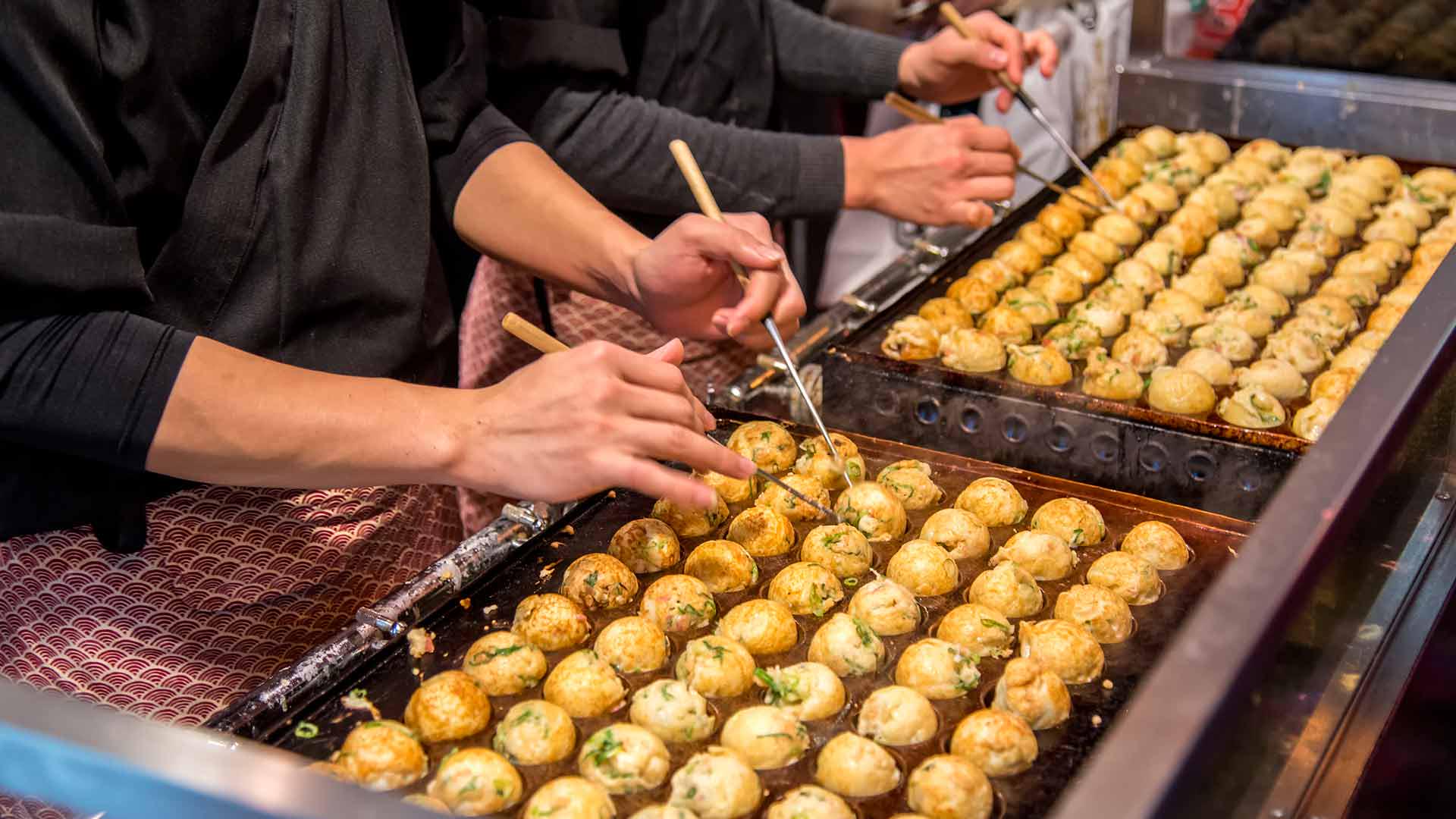
In the bustling streets of Osaka, a beloved snack reigns supreme: Takoyaki. These delightful, spherical dumplings are made from a wheat-flour-based batter and filled with minced or diced octopus (tako), tempura scraps (tenkasu), pickled ginger (beni shoga), and green onion. Cooked in a special molded pan, they are flipped with incredible dexterity by skilled vendors, resulting in a crispy exterior and a soft, gooey interior. Typically brushed with takoyaki sauce (similar to Worcestershire sauce) and mayonnaise, then sprinkled with green laver (aonori) and dried bonito flakes (katsuobushi), Takoyaki offers a unique blend of textures and umami flavors. It's a quintessential Japanese street food experience, perfect for a quick bite while exploring the city.
Thailand: Pad Thai - The National Dish Born on the Streets
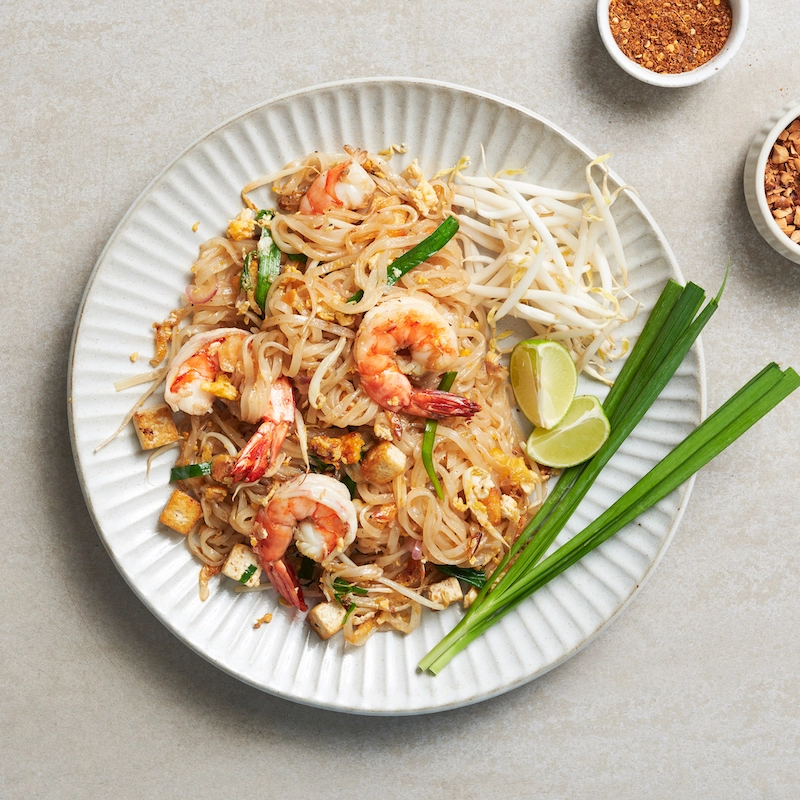
No discussion of Thai cuisine is complete without Pad Thai, a stir-fried rice noodle dish that has become a global phenomenon. While now found in restaurants worldwide, its origins are firmly rooted in the bustling street food stalls of Thailand. Made with rice noodles, eggs, tofu, shrimp or chicken, and a medley of ingredients like peanuts, bean sprouts, and chives, the magic of Pad Thai lies in its perfectly balanced sauce—a harmonious blend of tamarind paste, fish sauce, dried shrimp, garlic, and chili pepper. Each plate is a symphony of sweet, sour, salty, and spicy notes, a testament to the intricate flavors that define Thai cooking. Watching a street vendor expertly wok-fry Pad Thai, with flames licking the pan, is as much a part of the experience as savoring the dish itself.
India: Pani Puri - The Explosion of Flavors in One Bite

From the vibrant streets of India comes Pani Puri, a beloved snack that offers an explosion of flavors in a single bite. These hollow, crispy fried balls (puri) are delicately broken open and filled with a savory mixture of spiced mashed potatoes or chickpeas. The true essence of Pani Puri, however, lies in the
flavored water (pani) – a tangy, spicy, and often sweet liquid infused with tamarind, mint, chili, and various spices. The experience of eating Pani Puri is interactive and exhilarating, with each bite delivering a burst of contrasting textures and tastes, making it an addictive and refreshing street food experience.
South Korea: Tteokbokki - Spicy Rice Cakes that Define Korean Street Culture
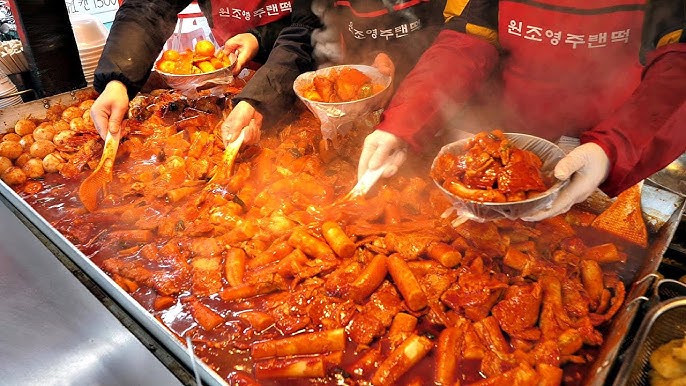
In South Korea, Tteokbokki stands as an iconic symbol of its vibrant street food scene. These chewy, cylindrical rice cakes are stir-fried in a rich, fiery gochujang (Korean chili paste) sauce, often accompanied by fish cakes, boiled eggs, and scallions. The dish is known for its addictive sweet and spicy flavor profile, a comforting warmth that has made it a staple snack and a beloved comfort food. Tteokbokki stalls are ubiquitous across Korean cities, drawing crowds with their steaming pots and the promise of a satisfyingly spicy kick. It’s a dish that embodies the dynamic and bold flavors of Korean cuisine.
China: Jianbing - The Breakfast Crepe that Fuels Millions
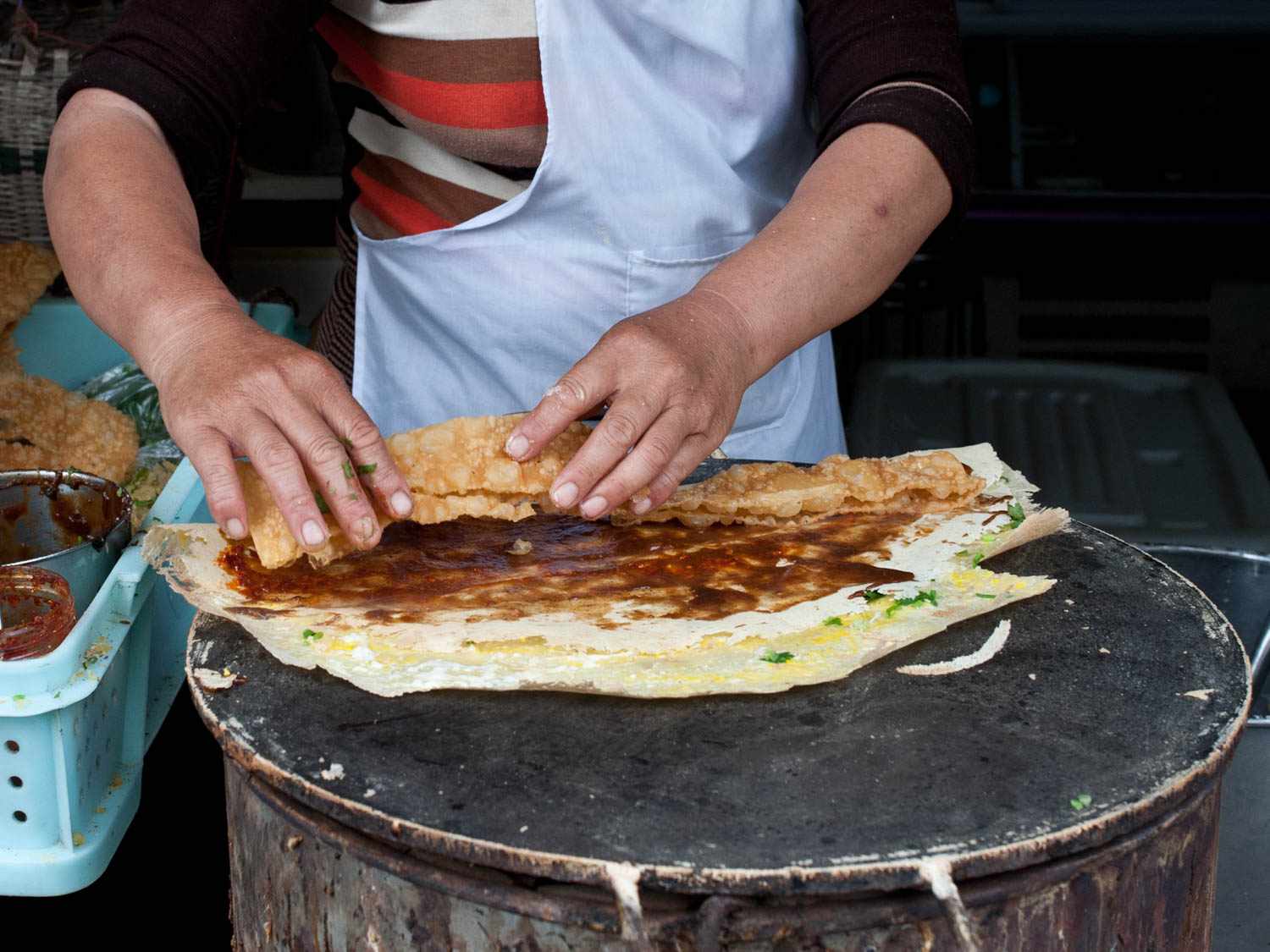
For a quintessential Chinese breakfast experience, look no further than Jianbing. This savory crepe, cooked on a large, flat griddle, is a popular street food that fuels millions across China every morning. A thin batter is spread, an egg is cracked directly onto it, and then it’s swiftly topped with various ingredients like chopped scallions, cilantro, and a crispy fried wonton cracker. Sweet bean paste and chili sauce are then spread generously, and the whole creation is folded into a portable, delicious package. Jianbing is a masterclass in efficiency and flavor, offering a satisfying and customizable start to the day.
European Street Food Treasures: From Ancient Markets to Modern Streets
Europe, a continent renowned for its rich history and diverse culinary traditions, also boasts a vibrant street food scene that reflects its multifaceted cultural landscape. From ancient market stalls to modern food trucks, European street food offers a delightful blend of traditional flavors and contemporary innovations. Each dish tells a story of its region, a culinary journey through time and place.
Germany: Currywurst - Berlin's Post-War Comfort Food

In the heart of Berlin, a simple yet iconic street food reigns supreme: Currywurst. This beloved dish consists of a steamed, then fried pork sausage, sliced and smothered in a tangy curry ketchup sauce, often dusted with curry powder and served with a side of crispy fries. Born out of post-war necessity and ingenuity, Currywurst has become a symbol of Berlin's resilience and culinary identity. It's a comforting, flavorful, and affordable meal, enjoyed by locals and tourists alike at countless street-side stalls and imbisses (snack stands) across the city.
Turkey: Döner Kebab - The Rotating Revolution
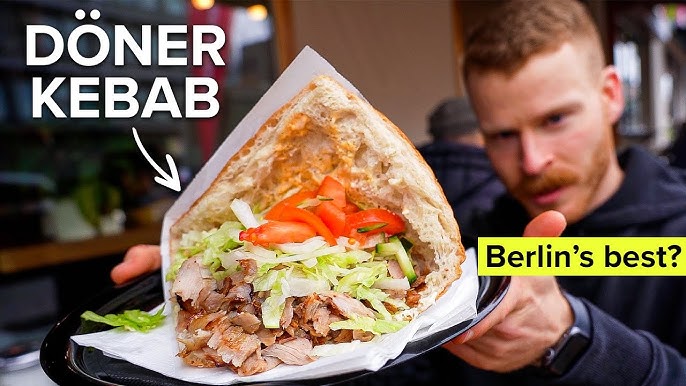
While its origins are in Turkey, the Döner Kebab has become a global street food phenomenon, particularly popular in Germany and across Europe. Thinly sliced meat (typically lamb, beef, or chicken) is shaved from a vertical rotisserie and served in a pita or flatbread, often with a colorful array of salads, sauces, and pickles. The slow-cooked meat is tender and flavorful, and the combination of fresh ingredients creates a satisfying and well-rounded meal. The Döner Kebab is a testament to the influence of Turkish cuisine on the global culinary stage, a delicious and portable feast that has captured the hearts of millions.
Belgium: Frites - The Original French Fries

While often mistakenly called “French,” Frites are a Belgian national treasure. These thick-cut potatoes are twice-fried to achieve a perfectly crispy exterior and a fluffy, tender interior. Served in a paper cone with a generous dollop of mayonnaise or one of a myriad of other sauces, Belgian frites are a simple yet sublime street food experience. Friteries (fry shops) are a common sight across Belgium, each with its own unique character and loyal following. The dedication to perfecting this seemingly simple dish is a testament to Belgium's culinary pride.
Italy: Arancini - Sicily's Golden Rice Balls
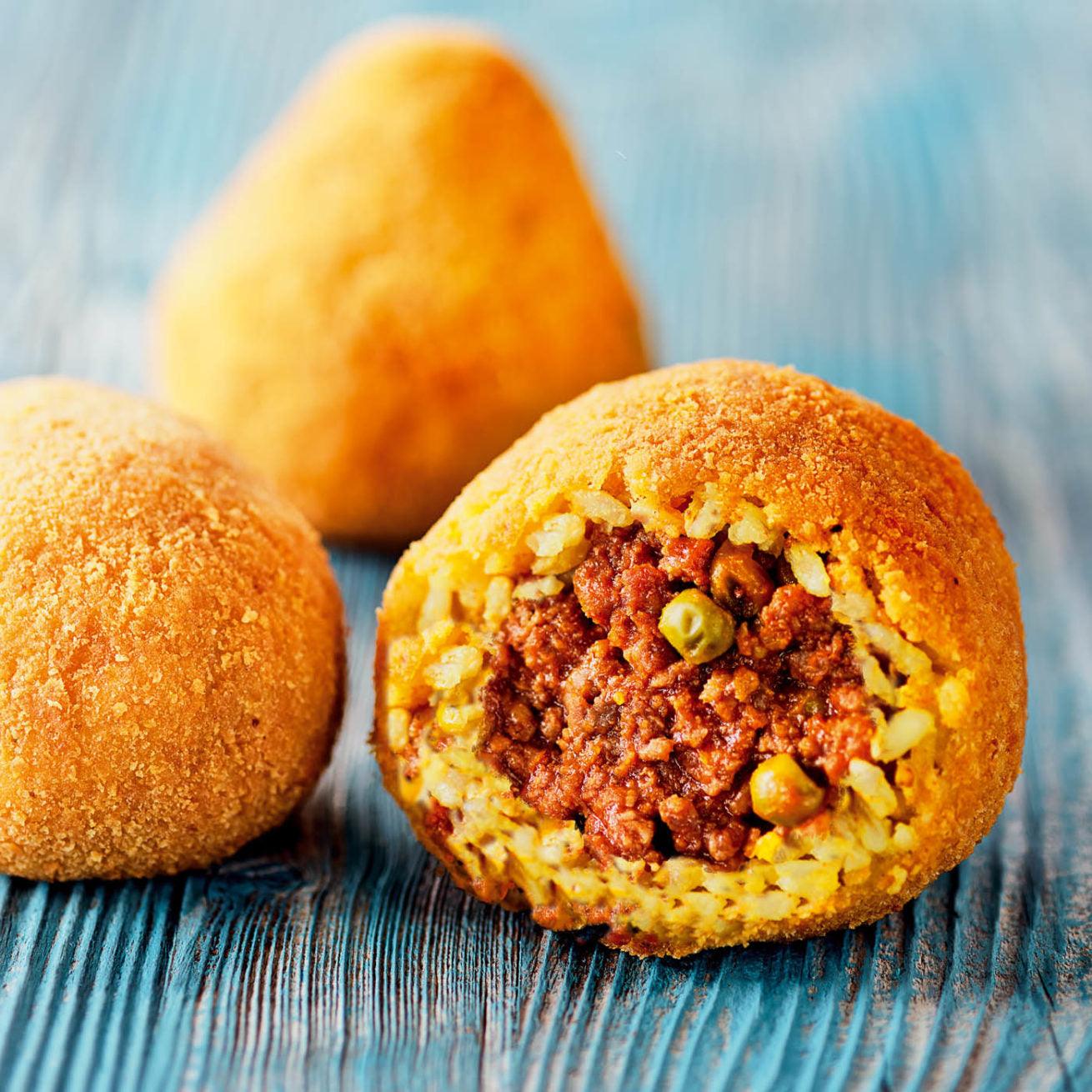
From the sun-drenched island of Sicily comes Arancini, golden-fried rice balls that are as delicious as they are beautiful. These crispy orbs are typically filled with a savory mixture of ragù (meat sauce), mozzarella, and peas, though countless variations exist. The name “arancini” means “little oranges,” a nod to their shape and color. They are a popular street food and snack, perfect for a quick and satisfying bite. Each arancino is a taste of Sicilian sunshine, a delightful combination of textures and flavors.
Czech Republic: Trdelník - The Sweet Spiral of Prague

Walking through the charming streets of Prague, you're likely to be enticed by the sweet aroma of Trdelník. This unique pastry is made by wrapping dough around a spit (trdlo), grilling it over an open flame, and then coating it in a mixture of sugar, cinnamon, and walnuts. The result is a warm, fragrant, and slightly crunchy spiral of sweetness. While its origins are debated, Trdelník has become a quintessential Prague street food experience, often filled with ice cream, chocolate, or fruit for an extra indulgent treat.
Latin American Street Food Fiesta: Vibrant Flavors of the Americas
Latin America is a continent bursting with color, music, and an equally vibrant street food scene. The culinary traditions here are a rich tapestry woven from indigenous ingredients, European influences, and African heritage, resulting in a diverse and incredibly flavorful array of street eats. From savory to sweet, spicy to tangy, Latin American street food is a celebration of life, community, and the joy of eating.
Mexico: Tacos al Pastor - Lebanese-Mexican Fusion Perfection
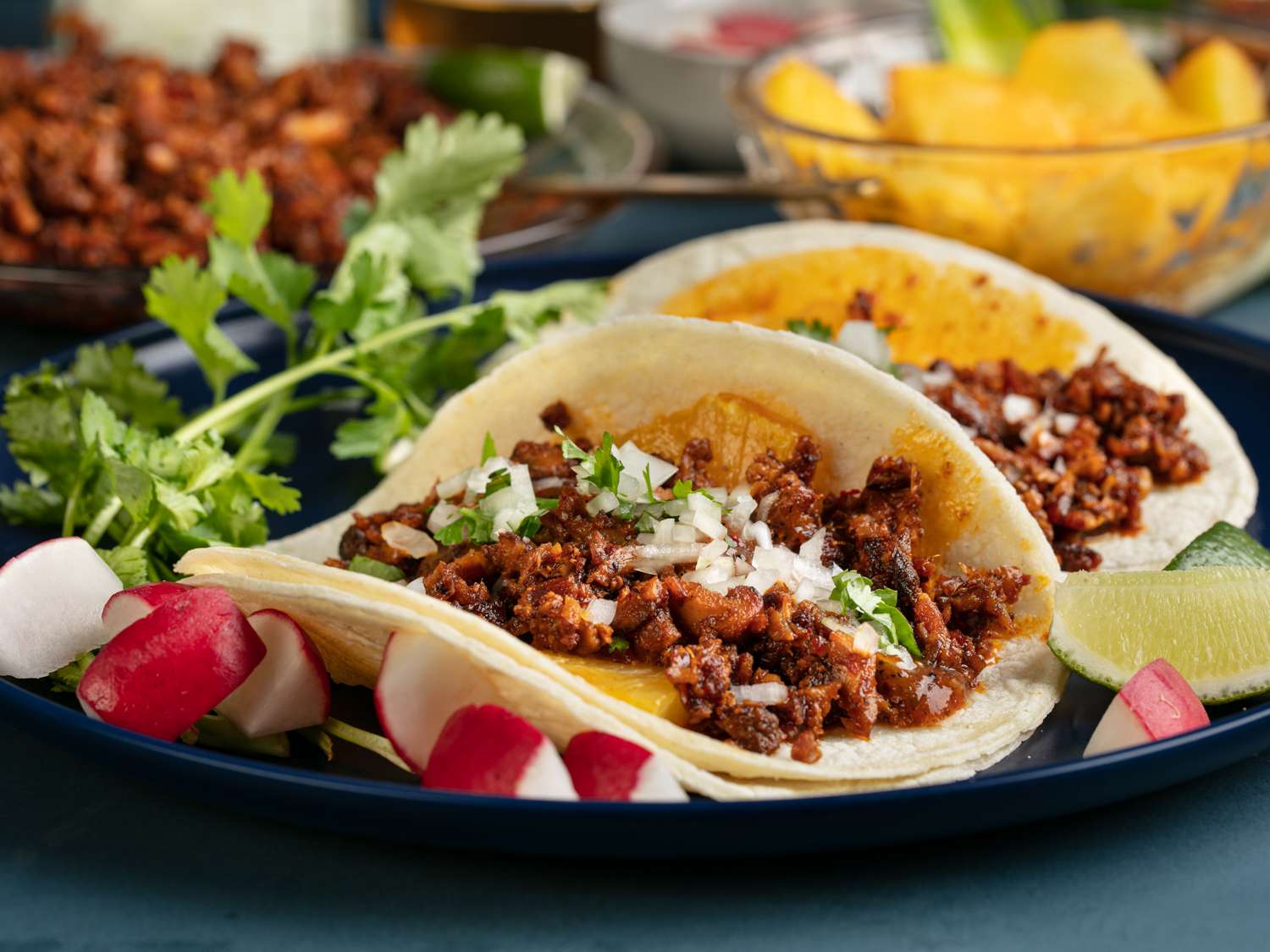
In Mexico, the undisputed king of street food is the Taco al Pastor. This iconic dish is a delicious testament to culinary fusion, born from the Lebanese immigrant influence in Mexico City. Marinated pork, often with pineapple, is cooked on a vertical spit (trompo), similar to a Middle Eastern shawarma. Thin slices of the succulent meat are then shaved directly onto small corn tortillas, topped with fresh cilantro, diced onions, and a squeeze of lime. The combination of savory pork, sweet pineapple, and fresh herbs creates a harmonious explosion of flavors, making Tacos al Pastor a truly unforgettable street food experience.
Peru: Anticuchos - Ancient Incan Grilled Heart Skewers
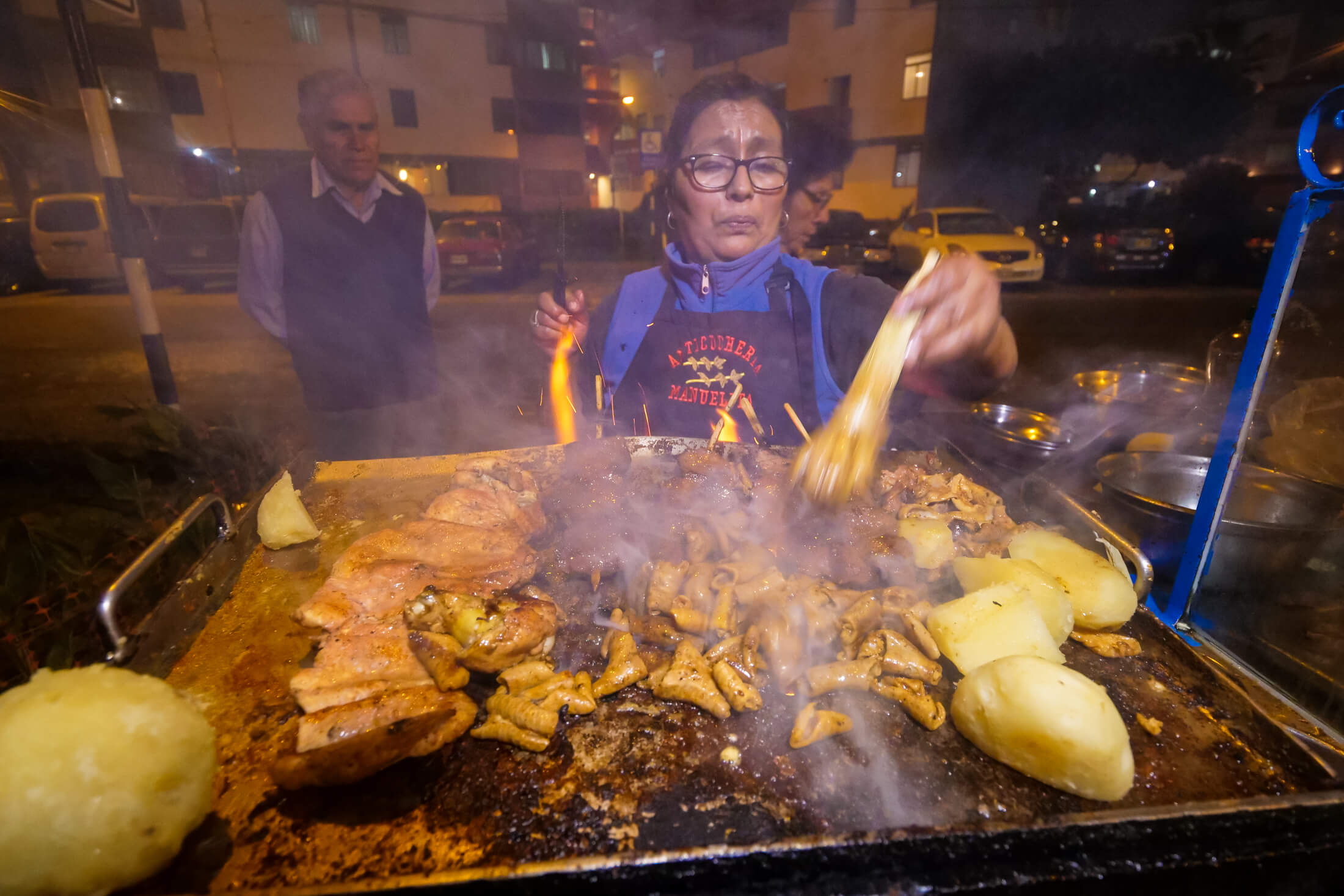
From the Andean highlands of Peru comes Anticuchos, a dish with ancient Incan roots that has evolved into a beloved street food. Traditionally made with marinated beef heart, skewered and grilled over an open flame, Anticuchos are surprisingly tender and incredibly flavorful. The marinade, often a blend of aji panca (Peruvian red chili), garlic, cumin, and vinegar, infuses the meat with a smoky, spicy, and tangy kick. Served hot off the grill, often with boiled potatoes or corn, Anticuchos offer a unique and authentic taste of Peruvian culinary heritage.
Colombia: Arepas - The Versatile Corn Cake
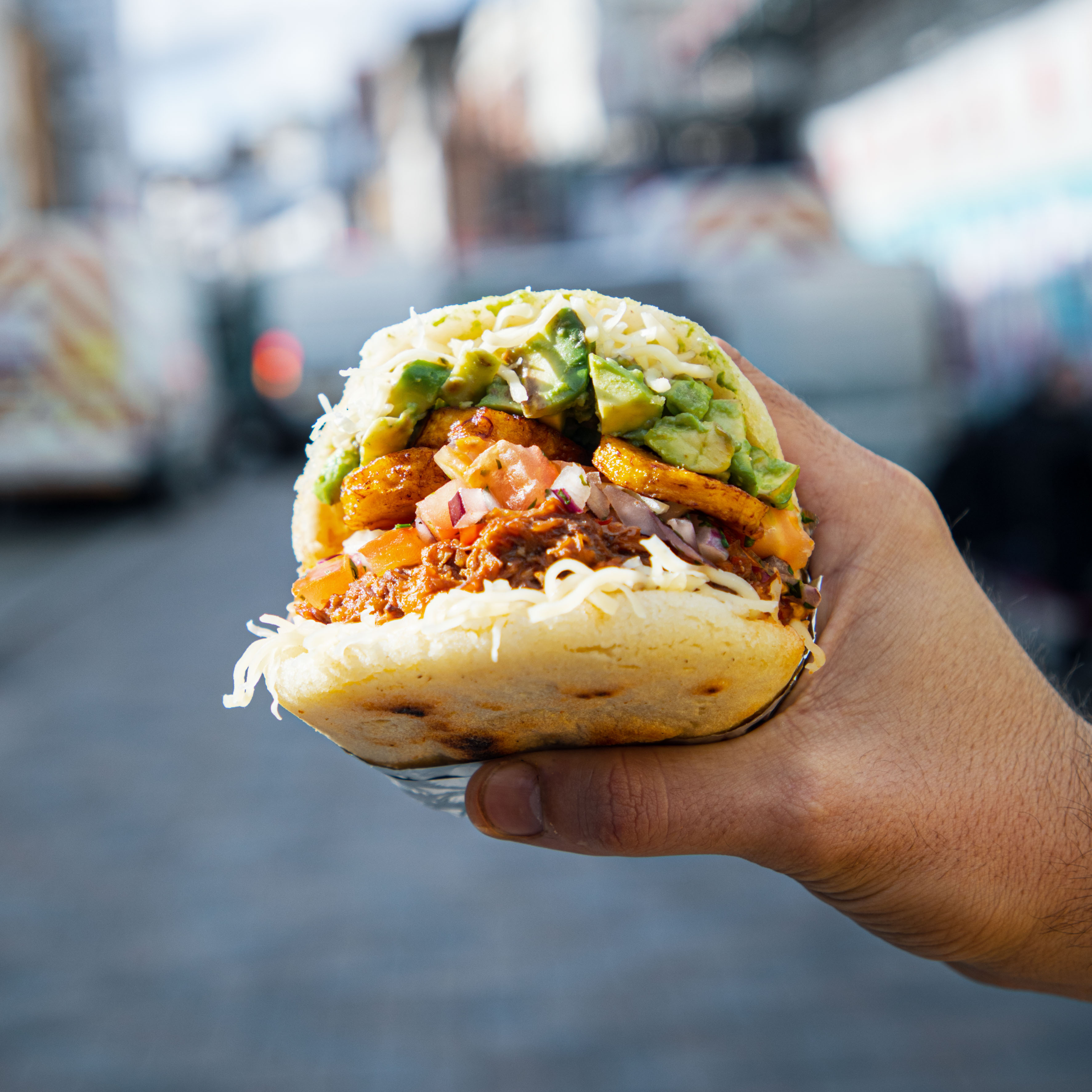
Arepas are a staple across Colombia, a versatile and beloved corn cake that serves as a canvas for countless fillings. Made from ground maize dough, these flat, round patties can be grilled, baked, or fried, resulting in a crispy exterior and a soft, warm interior. Street vendors often serve them split open and generously filled with cheese, shredded beef, chicken, or a combination of ingredients. Arepas are a comforting and satisfying street food, perfect for any time of day, and a true representation of Colombian home cooking made accessible on the streets.
Argentina: Empanadas - Portable Pockets of Flavor

Across Argentina, Empanadas are a ubiquitous and cherished street food. These savory pastries, often baked or fried, are filled with a variety of ingredients, from seasoned ground beef (carne) and chicken to cheese and vegetables. Each region boasts its own unique style and filling, reflecting local culinary traditions. Empanadas are the ultimate portable snack, perfect for a quick bite on the go, and a delicious way to experience the diverse flavors of Argentine cuisine. Their convenient size and flavorful fillings make them an irresistible treat.
Brazil: Pão de Queijo - Cheesy Bites of Joy

In Brazil, the irresistible aroma of freshly baked Pão de Queijo fills the air. These small, chewy cheese rolls, made from tapioca flour, are naturally gluten-free and incredibly addictive. Crispy on the outside and wonderfully soft and cheesy on the inside, they are a popular breakfast item and snack, enjoyed throughout the day. Pão de Queijo embodies the comforting simplicity of Brazilian street food, offering a delightful burst of cheesy goodness in every bite. They are a perfect accompaniment to coffee and a true taste of Brazilian hospitality.
African and Middle Eastern Delights: Ancient Traditions, Modern Appeal
The street food scenes of Africa and the Middle East are a captivating blend of ancient culinary traditions and vibrant contemporary flavors. These regions, rich in history and cultural exchange, offer a diverse array of dishes that reflect centuries of trade, migration, and innovation. From aromatic spices to hearty stews and crispy fried delights, the street food here is a testament to the ingenuity and warmth of its people.
Morocco: Tagine - Slow-Cooked Perfection in Clay
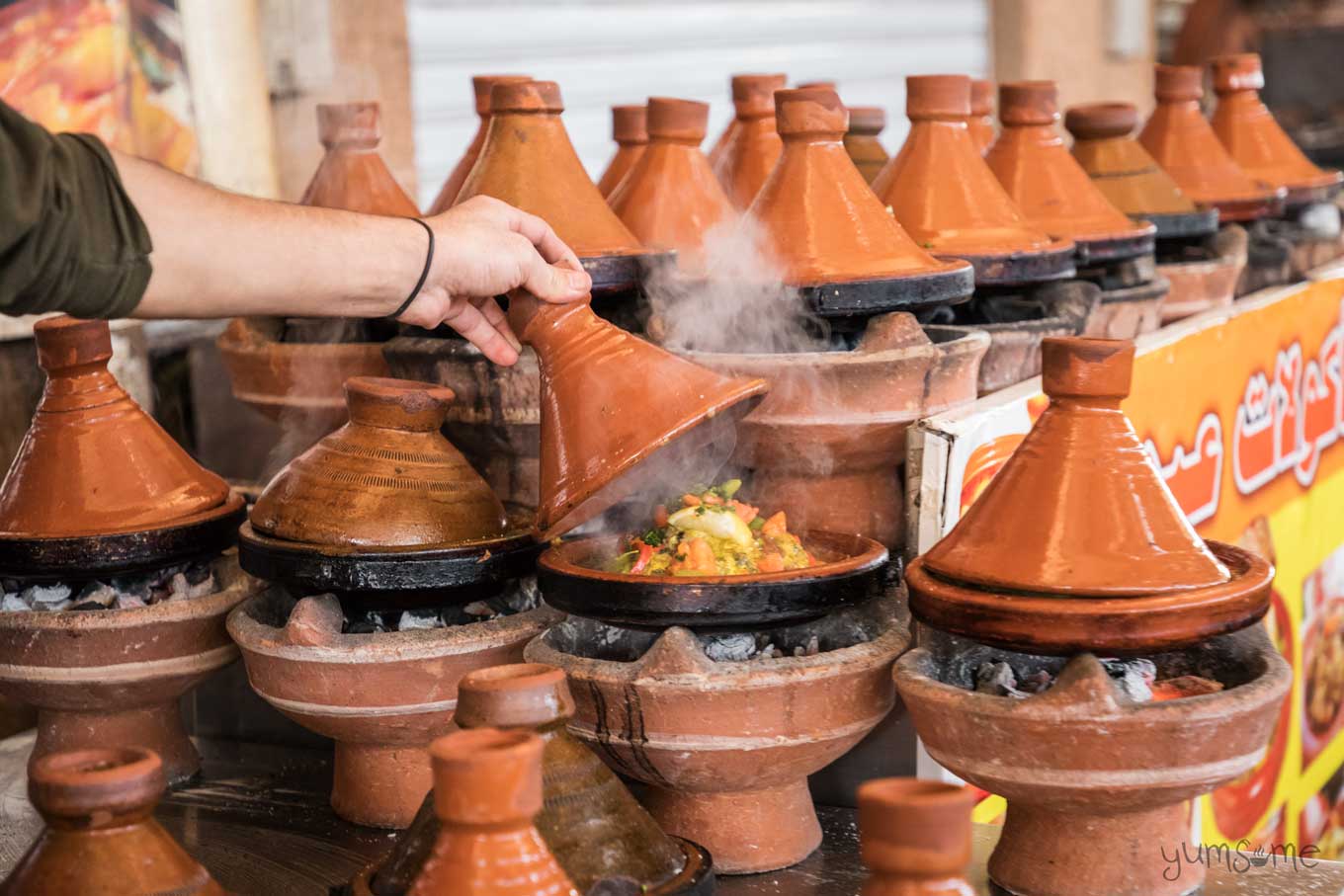
In the bustling souks and vibrant squares of Morocco, the unmistakable aroma of Tagine wafts through the air. While often enjoyed in homes and restaurants, smaller, more portable versions are also found as street food. This iconic dish is slow-cooked in a distinctive conical clay pot, allowing flavors to meld and deepen over hours. Typically, a tagine features tender meat (chicken, lamb, or beef) or vegetables, simmered with a rich blend of spices like cumin, turmeric, ginger, and saffron, often with dried fruits and olives. The result is a deeply aromatic, incredibly tender, and flavorful dish that embodies the warmth and hospitality of Moroccan cuisine. Eating a tagine is an immersive experience, a journey through the country's rich culinary heritage.
Egypt: Koshary - The Comfort Food of the Nile

In Egypt, Koshary is the ultimate comfort food and a beloved street food staple. This hearty and surprisingly complex dish is a delightful medley of rice, macaroni, and lentils, topped with a tangy tomato sauce, garlic vinegar, and crispy fried onions. Often served with a spicy chili sauce (shatta) and a garlicky cumin sauce (da’a), Koshary is a symphony of textures and flavors – starchy, crunchy, tangy, and spicy all at once. It’s a testament to resourceful cooking, combining humble ingredients to create a deeply satisfying and incredibly popular meal that fuels Egyptians throughout their day.
Israel: Falafel - The Crispy Chickpea Revolution

Falafel has transcended its Middle Eastern origins to become a global vegetarian sensation, but its heart remains firmly in the street food stalls of Israel and the wider Levant. These deep-fried balls or patties are made from ground chickpeas (or fava beans), herbs, and spices, resulting in a crispy exterior and a tender, flavorful interior. Typically served in a warm pita bread, generously stuffed with fresh salads, pickles, and drizzled with creamy tahini sauce, falafel is a perfect example of simple ingredients elevated to culinary perfection. It’s a quick, nutritious, and incredibly satisfying meal that has become synonymous with Middle Eastern street food.
South Africa: Bunny Chow - Curry in a Bread Bowl

From the vibrant culinary landscape of South Africa, particularly Durban, comes the unique and hearty Bunny Chow. This iconic street food consists of a hollowed-out quarter or half loaf of white bread filled with a rich and flavorful curry, typically made with mutton, chicken, or beans. Originating from the Indian community in South Africa, Bunny Chow is a delicious and practical meal, designed to be eaten on the go without cutlery. The bread soaks up the aromatic curry, creating a wonderfully messy and incredibly satisfying experience. It’s a true fusion dish, reflecting the diverse cultural heritage of South Africa and a must-try for any adventurous eater.
The Art of Finding Authentic Street Food: Tips for Food Adventurers
Embarking on a street food journey is an adventure in itself, but finding the truly authentic and delicious gems requires a keen eye and a willingness to step off the beaten path. While guidebooks and online reviews can offer a starting point, the real magic often lies in discovering the hidden corners and local favorites. Here are some tips for becoming a street food connoisseur:
Follow the Locals, Not the Tourists
This is perhaps the most crucial rule of street food hunting. If a stall is teeming with locals, it’s a strong indicator of quality, authenticity, and often, affordability. Locals know where the best food is, and their consistent patronage is a testament to the vendor’s skill and the dish’s deliciousness. Don’t be afraid to venture into neighborhoods slightly away from the main tourist hubs; that’s often where the true culinary treasures reside.
Look for High Turnover and Fresh Ingredients
A busy street food stall is a good sign for several reasons. High turnover means the food is constantly being prepared fresh, ensuring optimal taste and safety. Observe the ingredients – are they fresh, vibrant, and locally sourced? A vendor who takes pride in their ingredients and their preparation process is likely to deliver a superior product. Avoid stalls with pre-cooked food sitting out for extended periods.
Embrace the Language Barrier (or a Translation App)
While a shared language can certainly make ordering easier, don’t let a language barrier deter you. Many street food vendors are accustomed to communicating through gestures, pointing, and a few key phrases. A smile and a willingness to try are often all you need. Alternatively, a simple translation app on your phone can be an invaluable tool for deciphering menus and asking about ingredients, enhancing your experience and allowing you to try new things with confidence.
Safety Considerations Without Missing Out
While the allure of street food is undeniable, it’s wise to be mindful of hygiene. Look for stalls that appear clean and well-maintained, with vendors handling food hygienically. Observe how food is stored and prepared. If you’re unsure about the local water, opt for cooked dishes and bottled beverages. Trust your instincts; if something doesn’t feel right, it’s best to move on. However, don’t let fear overshadow the incredible culinary experiences that await you. A little caution goes a long way in ensuring a safe and enjoyable adventure.
Supporting Local Vendors and Communities
Beyond the delicious food, engaging with street food vendors is a direct way to support local economies and communities. Many vendors are small, family-run businesses, and your patronage directly contributes to their livelihoods. It’s an opportunity to connect with the people behind the food, learn about their stories, and appreciate the effort and passion they pour into their craft. This direct interaction enriches your travel experience and fosters a deeper understanding of the local culture.
Conclusion
Street food is a universal language, spoken through the sizzle of a grill, the aroma of spices, and the shared joy of a delicious bite. It transcends borders, connecting people through the fundamental human experience of food. From the savory delights of Asia to the comforting classics of Europe, the vibrant flavors of Latin America, and the rich traditions of Africa and the Middle East, each street food dish tells a unique story of culture, history, and community. It is a testament to human ingenuity, resourcefulness, and the enduring power of culinary traditions.
Preserving these culinary traditions is not just about maintaining recipes; it's about safeguarding cultural heritage, supporting local economies, and fostering connections between people. As you embark on your own culinary adventures, remember to seek out these hidden gems, engage with the local vendors, and savor every moment. Every bite of street food is an invitation to explore, to understand, and to connect with the world in a profoundly delicious way. So, go forth, explore your local street food scene, or plan your next international food pilgrimage. Every bite tells a story, and every story is worth savoring.



